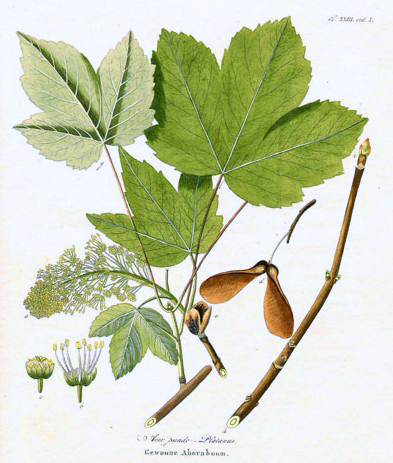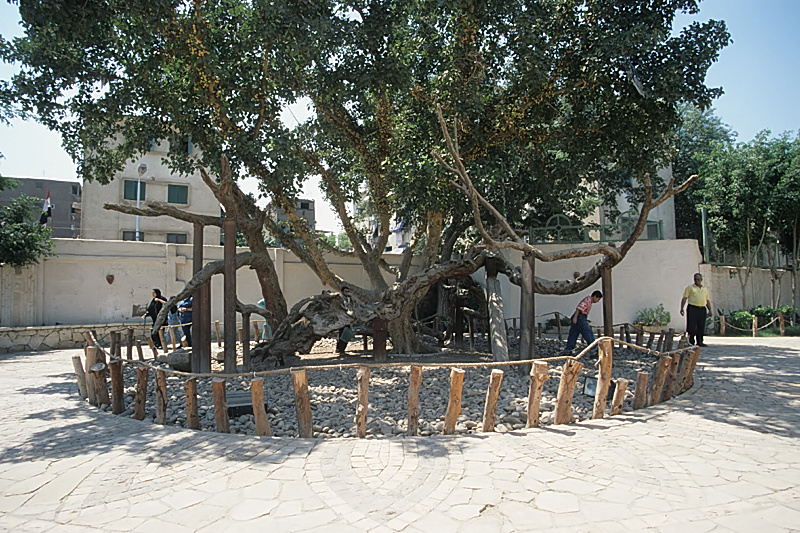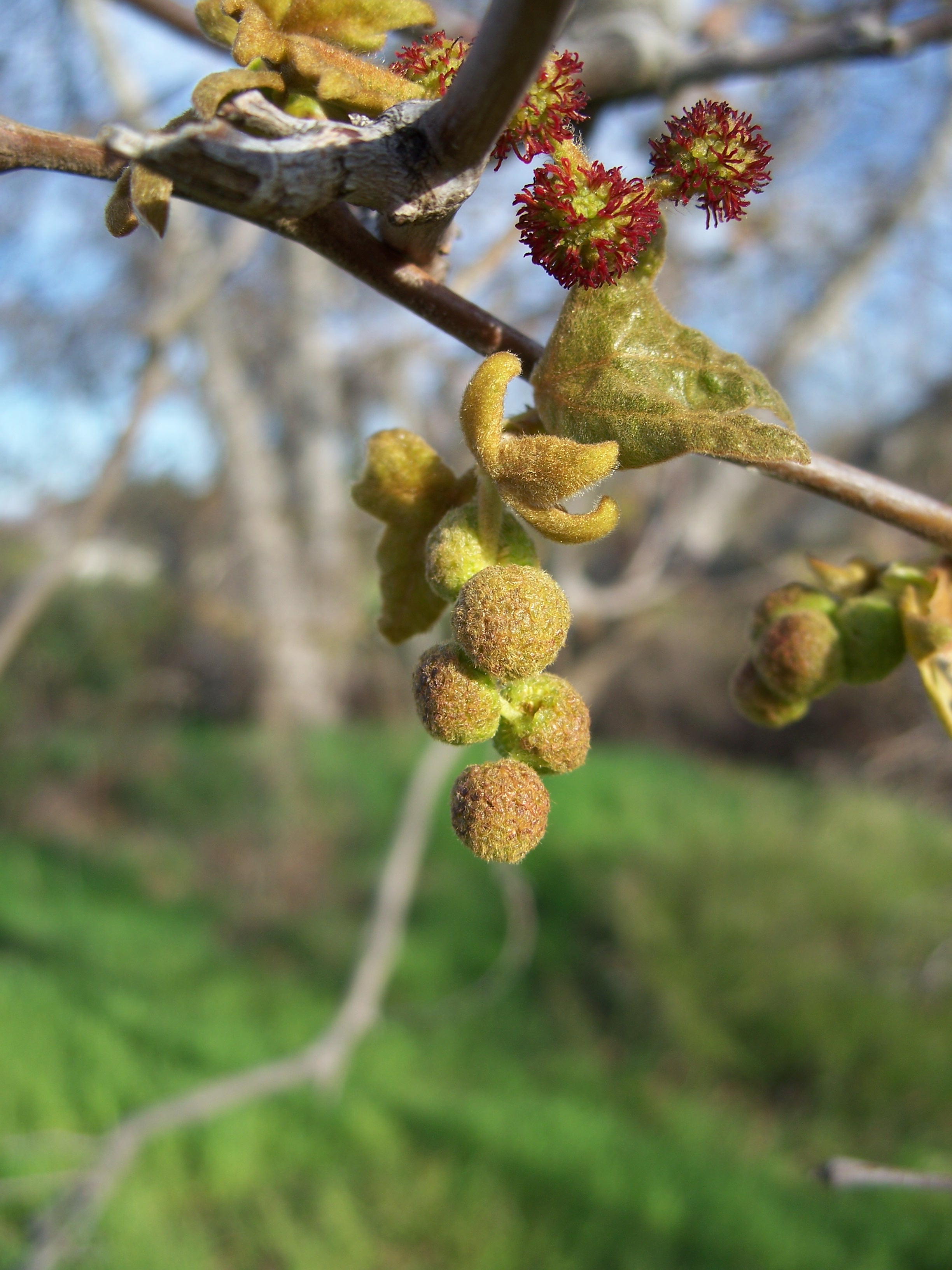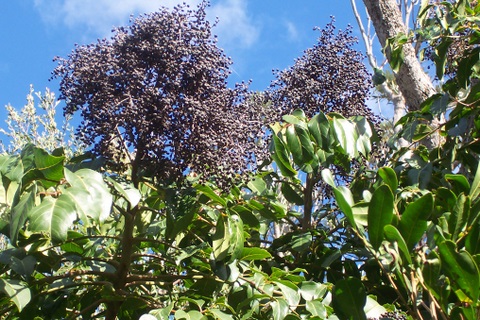|
Sycamore
Sycamore is a name which has been applied to several types of trees, but with somewhat similar leaf forms. The name derives from the Ancient Greek () meaning . Species of otherwise unrelated trees known as sycamore: * ''Acer pseudoplatanus'', a species of maple native to central Europe and southwestern Asia * ''Ficus sycomorus'', the sycamore (or sycomore) of the Bible; a species of fig, also called the sycamore fig or fig-mulberry, native to the Middle East and eastern Africa * '' Platanus orientalis'', chinar tree (Old World sycamore) * Some North American members of the genus ''Platanus ''Platanus'' ( ) is a genus consisting of a small number of tree species native to the Northern Hemisphere. They are the sole living members of the family Platanaceae. All mature members of ''Platanus'' are tall, reaching in height. The type ...'', including ** '' Platanus occidentalis'', the American sycamore ** '' Platanus racemosa'', the California sycamore or western sycamore ** '' ... [...More Info...] [...Related Items...] OR: [Wikipedia] [Google] [Baidu] |
Acer Pseudoplatanus
''Acer pseudoplatanus'', known as the sycamore in the British Isles and as the sycamore maple in the United States, is a species of maple native to Central Europe and Western Asia. It is a large deciduous, broad-leaved tree, tolerant of wind and coastal exposure. Although native to an area ranging from France eastward to Ukraine, northern Turkey and the Caucasus, and southward to the mountains of Italy and northern Iberia, the sycamore establishes itself easily from seed and was introduced to the British Isles by 1500. It is now Naturalisation (biology), naturalised there and in other parts of Europe, North America, Australia and New Zealand, where it may become an invasive species. The sycamore can grow to a height of about and the branches form a broad, rounded Crown (botany), crown. The Bark (botany), bark is grey, smooth when young and later flaking in irregular patches. The leaves grow on long Petiole (botany), leafstalks and are large and List of botanical terms#palmate, ... [...More Info...] [...Related Items...] OR: [Wikipedia] [Google] [Baidu] |
Platanus Occidentalis
''Platanus occidentalis'', also known as American sycamore, American planetree, western plane, occidental plane, buttonwood, and water beech, is a species of ''Platanus'' native to the eastern and central United States, the mountains of northeastern Mexico, extreme southern Ontario, and extreme southern Quebec. It is usually called sycamore in North America, a name which can refer to other types of trees in other parts of the world; in the United Kingdom, for example, the name sycamore typically refers to ''Acer pseudoplatanus''. The American sycamore is a long-lived species, typically surviving at least 200 years and likely as long as 500–600 years. The species epithet ''occidentalis'' is Latin for "western", referring to the Western Hemisphere, because at the time when it was named by Carl Linnaeus, the only other species in the genus was ''Platanus orientalis, P. orientalis'' ("eastern"), native to the Eastern Hemisphere. Confusingly, in the United States, this species was fi ... [...More Info...] [...Related Items...] OR: [Wikipedia] [Google] [Baidu] |
Ficus Sycomorus
''Ficus sycomorus'', called the sycamore fig or the fig-mulberry (because the leaves resemble those of the mulberry), sycamore, or sycomore, is a ficus, fig species that has been cultivated since ancient times. Etymology and naming The specific name came into English in the 14th century as ''sicamour'', derived from Old French ''sagremore, sicamor''. This in turn derives from Latin , from Ancient Greek () 'fig-mulberry'. The Greek name may be from the Greek tree-names 'fig' and 'mulberry', or it may derive from the Hebrew name for the mulberry, . The name ''sycamore'' spelled with an A, has also been used for unrelated trees: the great maple, ''Acer pseudoplatanus'', or plane trees, ''Platanus''. The spelling "sycomore", with an O rather than an A as the second vowel is, if used, specific to ''Ficus sycomorus''. Distribution ''Ficus sycomorus'' is native to Africa south of the Sahel and north of the Tropic of Capricorn, excluding the central-west rainforest areas. It ... [...More Info...] [...Related Items...] OR: [Wikipedia] [Google] [Baidu] |
Platanus Racemosa
''Platanus racemosa'' is a species of plane tree known by several common names, including California sycamore, western sycamore, California plane tree, and in North American Spanish . ''Platanus racemosa'' is native to California and Baja California, where it grows in riparian areas, canyons, floodplains, at Spring (hydrosphere), springs and Seep (hydrology), seeps, and along streams and rivers in several types of habitats.Santa Monica Mountains National Recreation Area (N.R.A.), General Management Plan (GMP): Environmental Impact Statement. United States: n.p., 1982. It can be found as far north as Tehama County, California, Tehama and Humboldt County, California, Humboldt counties. Description This large tree grows to in height with a trunk diameter of up to one meter (three feet). The height of these trees ranges from . A specimen on the campus of Stanford University has a trunk girth (circumference) of . The trunk generally divides into two or more large trunks splitting in ... [...More Info...] [...Related Items...] OR: [Wikipedia] [Google] [Baidu] |
Platanus
''Platanus'' ( ) is a genus consisting of a small number of tree species native to the Northern Hemisphere. They are the sole living members of the family Platanaceae. All mature members of ''Platanus'' are tall, reaching in height. The type species of the genus is the Oriental plane ''Platanus orientalis''. All except for ''Platanus kerrii, P. kerrii'' are deciduous, and most are found in riparian or other wetland habitat (ecology), habitats in the wild, though proving drought-tolerant in cultivation. The hybrid London plane (''Platanus × hispanica'') has proved particularly tolerant of urban conditions, and has been widely planted in London and elsewhere across the temperate world. They are often known in English as planes or plane trees. A formerly used name that is now rare is plantain tree (not to be confused with Plantain (other), other, unrelated, species with the name). Some North American species are called sycamores (especially ''Platanus occidentalis''), ... [...More Info...] [...Related Items...] OR: [Wikipedia] [Google] [Baidu] |
Platanus Wrightii
''Platanus wrightii'', the Arizona sycamore, is a sycamore tree native to Arizona and New Mexico with its range extending south into the Mexican states of Sonora, Chihuahua, and Sinaloa.Laferriere, J.E. Platanaceae, "Sycamore or Plane Tree Family". ''Journal of the Arizona–Nevada Academy of Science'' 26: 238. 1992 The tree is a large deciduous tree, growing up to . Distribution The Arizona sycamore is a tree of central Arizona's transition zone in the Mogollon Rim– White Mountains. The range extends into southwest New Mexico and parts of Sonora, Chihuahua, and Sinaloa in Mexico. In Arizona the range extends south towards northern Sonora. The range in southeast Arizona is a northeasterly part of the Sonoran Desert, and is at the northern region of the Sierra Madre Occidental cordillera. Arizona sycamore is prevalent in riparian areas of the Madrean Sky Islands, mountain sky islands in southeast Arizona, extreme southwest, Bootheel region of New Mexico and along the Sa ... [...More Info...] [...Related Items...] OR: [Wikipedia] [Google] [Baidu] |
Platanus Mexicana
''Platanus mexicana'' is a species of plane tree that is native to Northeast and Central Mexico and Guatemala. It is also known as the Mexican sycamore. Description The tree can grow as high as and has leaves that can be up to wide. It is a deciduous tree with leaves that turn a yellowish brown in autumn Autumn, also known as fall (especially in US & Canada), is one of the four temperate seasons on Earth. Outside the tropics, autumn marks the transition from summer to winter, in September (Northern Hemisphere) or March ( Southern Hemisphe .... The leaves have five lobes that can grow up to 8 inches wide. References mexicana Trees of Northern America {{eudicot-stub ... [...More Info...] [...Related Items...] OR: [Wikipedia] [Google] [Baidu] |
Ceratopetalum Succirubrum
''Ceratopetalum succirubrum'' is a species of plant in the family Cunoniaceae. It is found in Australia, West Papua (Indonesia), and Papua New Guinea. It is threatened by habitat loss. First collected by botanists at Gadgarra on the Atherton Tableland The Atherton Tableland is a fertile plateau, which is part of the Great Dividing Range in Queensland, Australia. It has very deep, rich basaltic soils and the main industry is agriculture. The principal river flowing across the plateau is the B .... ''Ceratopetalum succirubrum'' is also known as satin sycamore, blood-in-the-bark and North Queensland coachwood.http://www.woodsolutions.com.au/Wood-Species/satin-sycamore Satin sycamore, also known as Ceratopetalum succirubrum References succirubrum Oxalidales of Australia Flora of Queensland Flora of Papua New Guinea Flora of Western New Guinea Vulnerable flora of Australia Vulnerable biota of Queensland Taxonomy articles created by Polbot {{Oxalidales-stub ... [...More Info...] [...Related Items...] OR: [Wikipedia] [Google] [Baidu] |
Platanus Orientalis
''Platanus orientalis'', the Oriental plane, is a large, deciduous tree in the family Platanaceae, growing to or more, and known for its longevity and spreading crown. In autumn its deep green leaves may change to blood red, amber, and yellow. Etymology The species name ''orientalis'' means 'eastern' (in comparison, the 'western' plane (or American sycamore), the only other species known to Linnaeus, is named ''Platanus occidentalis''). The tree was called ''platane'' in ancient Greek history and literature and by related names in continental Europe. It is also well known in Asia from Anatolia to India, where usually called ''chinar'' or ''chenar''. Range The native distribution is from Italy east through the Balkans, Turkey, and the Caucasus to Iran. Some accounts extend its native range west to the Iberia, Palestine to the south and to the Himalayas in the east. As it has been known in cultivation from early times in much of this region it can be difficult to determine if it ... [...More Info...] [...Related Items...] OR: [Wikipedia] [Google] [Baidu] |
Cryptocarya Glaucescens
''Cryptocarya glaucescens'', commonly known as jackwood, silver sycamore, native laurel, brown beech, bolly laurel or brown laurel, is a species of flowering plant in the laurel family and is endemic to eastern Australia. Its leaves are lance-shaped to elliptic, the flowers cream-coloured or pale green, perfumed and tube-shaped, and the fruit a black drupe. Description ''Cryptocarya glaucescens'' is a tree that typically grows to a height of up to with a trunk dbh of , its stem sometimes buttressed. The bark is dark brown or reddish brown and often scaly. Its leaves are arranged alternately, lance-shaped to elliptic, long, wide on a petiole long and glaucous on the lower surface. The flowers are cream-coloured to green, perfumed, arranged in panicles in leaf axils and usually shorter than the leaves. The perianth tube is long and wide, the outer tepals long and wide, the inner tepals long and wide. The ovary is long and wide and glabrous with a glabrous style. Fl ... [...More Info...] [...Related Items...] OR: [Wikipedia] [Google] [Baidu] |
Litsea Reticulata
''Litsea reticulata'' is a common Australian tree, growing from near Milton, New South Wales to the Bunya Mountains, Queensland. Common names include bollygum, bolly wood and brown beech. The habitat of the bollygum is rainforest of most types, except the dryer forms. Taxonomy ''Litsea reticulata'' was first described by Meisner in 1864 as ''Tetranthera reticulata'', before being given its current name by von Mueller in 1882. Common names include bolly gum, bolly beech, brown beech, brown bolly beech, sycamore, brown Bollywood, soft bollygum, and brown bollygum. Description ''Litsea reticulata'' is a medium to large size tree, occasionally reaching 40 metres in height and a 150 cm in trunk diameter. The bark is a grey, brown and scaly, with numerous depressions caused by the shedding of round scales of bark, colloquially known as "bollies". Exposed bark is a paler colour, giving the trunk a patchy appearance. ''Litsea reticulata'' are slightly buttressed or flanged at ... [...More Info...] [...Related Items...] OR: [Wikipedia] [Google] [Baidu] |
Polyscias Elegans
''Polyscias elegans'', known as the celery wood, is a rainforest tree of eastern Australia. It occurs in a variety of different rainforest types, from fertile basaltic soils, to sand dunes and less fertile sedimentary soils. The range of natural distribution is from Jervis Bay (35° S) in southern New South Wales to Thursday Island (10° S), north of the Australian continent. Other common names include black pencil cedar and silver basswood. ''Polyscias elegans'' is useful to bush regenerators as a nursery tree, which provides shade for longer-lived young trees underneath. ''Polyscias elegans'' is also known as Celery wood, Mowbulan whitewood, Silver basswood and White sycamore.http://www.plantnames.unimelb.edu.au/Sorting/Polyscias.html Sorting Polyscias names Description It is a fast-growing medium-sized tree with an attractive palm-like or umbrella-shaped crown. Up to 30 meters tall and a trunk diameter of 75 cm. The trunk is mostly straight, unbuttressed and cylindr ... [...More Info...] [...Related Items...] OR: [Wikipedia] [Google] [Baidu] |







